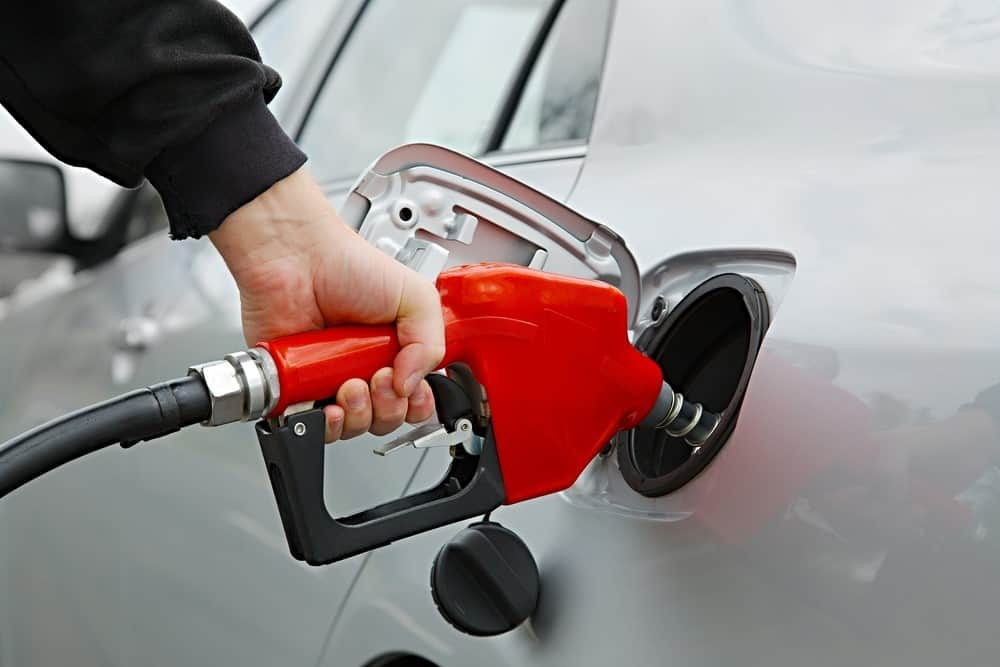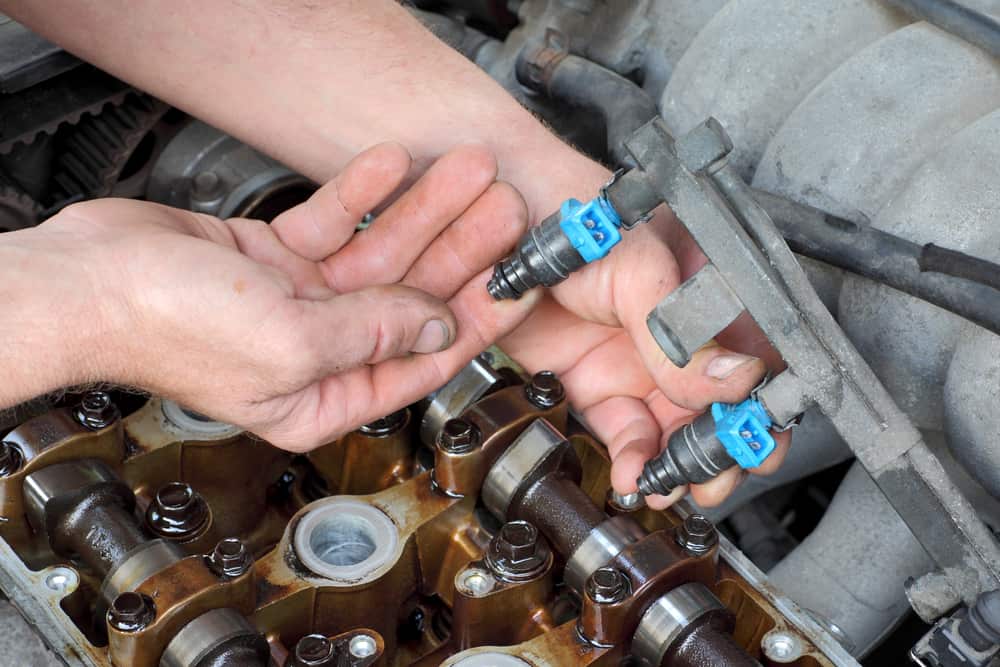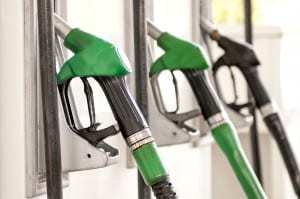
A fuel tank is used for one of the most obvious purposes in your vehicle – for holding the fuel. With some forms of modern fuel, such as diesel, a hole or fracture in your tank is dangerous. However if your car runs on petrol the problem could be explosive.
The first sign that you have issues with your fuel tank will be puddles of fuel around your car after it has been parked. Alternatively you may notice that the fuel consumption on your car is higher than normal. An actual inspection of the tank should visually confirm that there is a leak or drip occurring somewhere from the part. Fortunately replacing your vehicle’s fuel tank should be a relatively easy process with very little need to perform any complex mechanical work. However as fuel is involved in this replacement you should take extra care to be as methodical as possible, working in a well ventilated area with the appropriate fire extinguisher, which would need to be a Class B extinguisher.
Continue reading


.png)